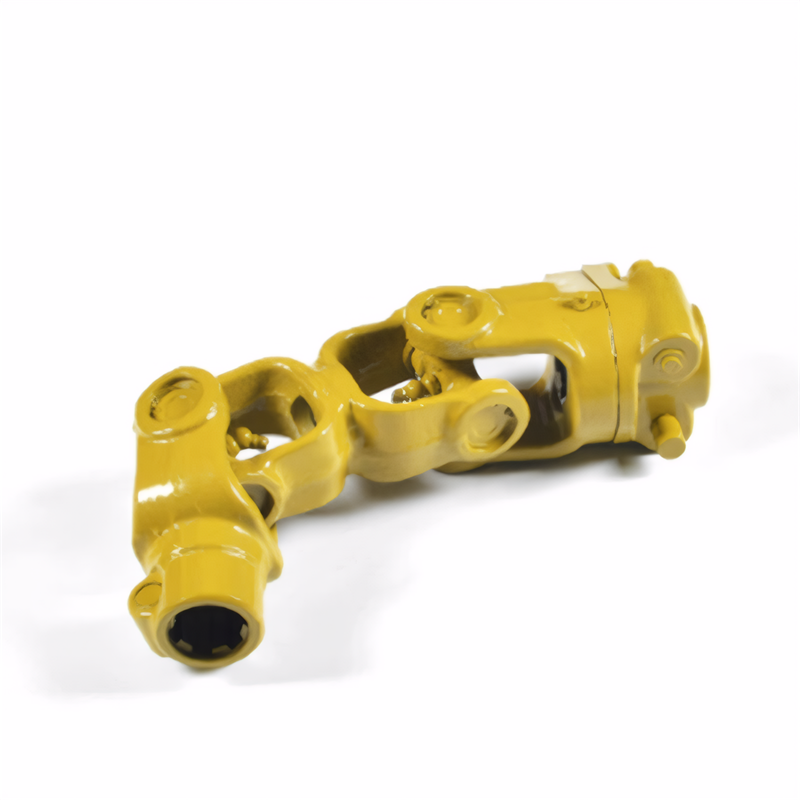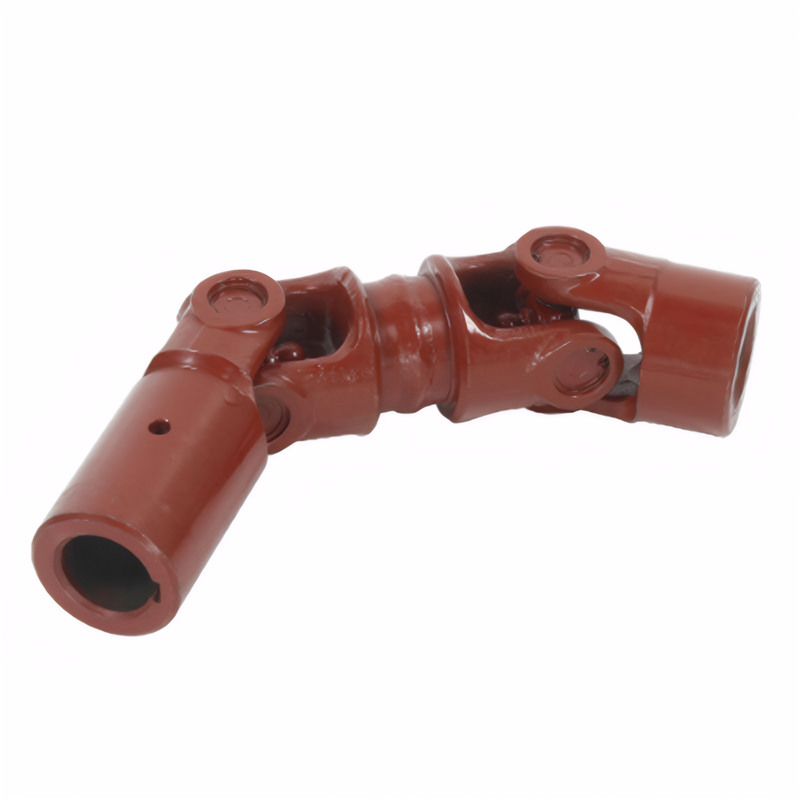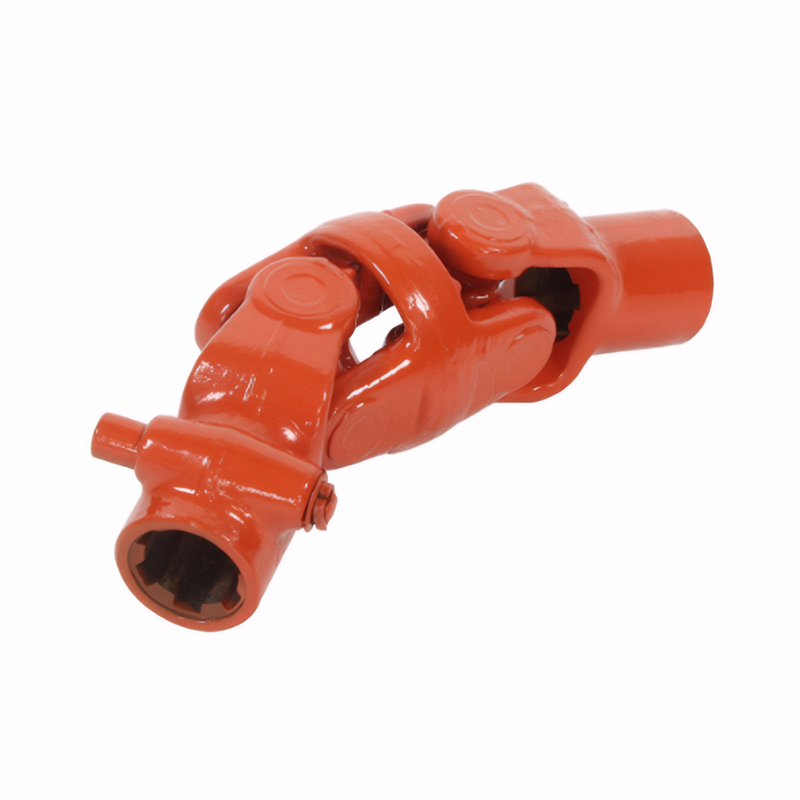Assembly techniques for the cross shaft of the drive shaft
Assembly Tips for Universal Joint Cross - Shafts in Transmission Shafts
Pre - Assembly Preparation
Cleaning Components
Before starting the assembly of the universal joint cross - shaft into the transmission shaft, thorough cleaning of all parts is a must. Dirt, grease, and metal shavings that have accumulated during previous use or handling can interfere with the proper fit and function of the cross - shaft and its associated components. Use a suitable cleaning solvent, such as a degreaser, to remove all contaminants from the cross - shaft, the yokes, and the bearing cups. A clean surface ensures better engagement and reduces the risk of premature wear and damage.
Inspecting Parts for Wear and Damage
Carefully examine each component for signs of wear, damage, or deformation. Check the cross - shaft for any cracks, bends, or excessive wear on the journal surfaces where the bearings will fit. Inspect the yokes for cracks, broken ears, or signs of distortion. Look at the bearing cups for pitting, scoring, or uneven wear. If any part shows significant damage, it should be replaced before proceeding with the assembly to prevent potential failures during operation.
Selecting the Right Lubricant
Choosing the appropriate lubricant is crucial for the smooth operation and longevity of the universal joint cross - shaft. Select a high - quality, extreme - pressure grease that is designed for use in automotive drive - train components. This type of grease can withstand high loads and temperatures, providing adequate lubrication to the moving parts of the cross - shaft assembly. Apply a sufficient amount of grease to the bearing cups and the journal surfaces of the cross - shaft before assembly.
Proper Alignment and Insertion
Aligning the Yokes
The first step in assembling the cross - shaft is to align the yokes correctly. The yokes should be positioned in such a way that the holes for the cross - shaft are in perfect alignment. This can be done by visually checking the alignment or using a straightedge to ensure that the holes are in line. Misalignment of the yokes can cause binding of the cross - shaft, leading to premature wear and failure.
Inserting the Cross - Shaft
Once the yokes are aligned, gently insert the cross - shaft into the bearing cups in the yokes. Start by inserting one end of the cross - shaft into a bearing cup, and then carefully align and insert the other end into the corresponding cup on the opposite yoke. Avoid using excessive force during insertion, as this can damage the bearing cups or the cross - shaft. If the cross - shaft does not fit easily, re - check the alignment of the yokes and the cleanliness of the components.
Ensuring Correct Orientation
Pay attention to the orientation of the cross - shaft during assembly. Some cross - shafts may have specific markings or features that indicate the correct installation direction. Ensure that these markings are aligned according to the manufacturer's specifications. Incorrect orientation can affect the balance and performance of the universal joint, leading to vibration and other issues.
Securing and Final Checks
Installing Retaining Clips or Bolts
After the cross - shaft is properly inserted into the yokes, it needs to be secured in place. Depending on the design of the universal joint, this may involve installing retaining clips or bolts. If using retaining clips, carefully snap them into the grooves on the cross - shaft to prevent it from coming out of the yokes. When using bolts, tighten them to the manufacturer's recommended torque specifications using a torque wrench. Over - tightening can damage the components, while under - tightening can lead to the cross - shaft coming loose during operation.
Checking for Free Movement
Once the cross - shaft is secured, check for free movement of the universal joint. Gently rotate the yokes back and forth to ensure that the cross - shaft can move smoothly within the bearing cups without any binding or excessive resistance. If there is any stiffness or binding, disassemble the joint and re - check the alignment, cleanliness, and lubrication of the components.
Performing a Visual Inspection
Finally, perform a visual inspection of the assembled universal joint cross - shaft. Look for any signs of misalignment, damage, or improper installation. Check that all retaining clips or bolts are in place and properly tightened. A thorough visual inspection can help identify any potential issues before the transmission shaft is installed back into the vehicle, reducing the risk of future problems.
 Accuracy requirements for the
Accuracy requirements for the
 Selection of universal joint t
Selection of universal joint t
 Standard for coaxiality error
Standard for coaxiality error
 Requirements for the surface r
Requirements for the surface r
 简体中文
简体中文 English
English
